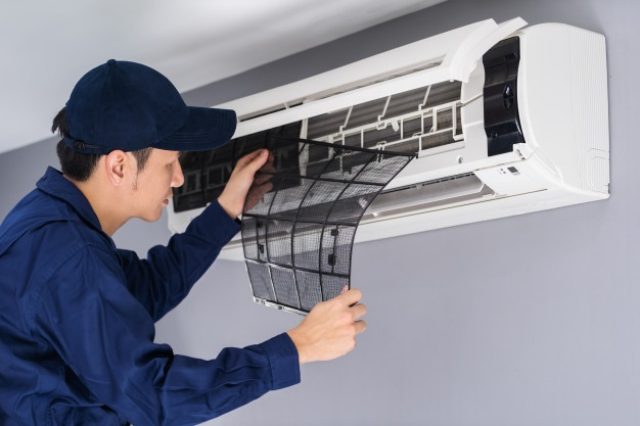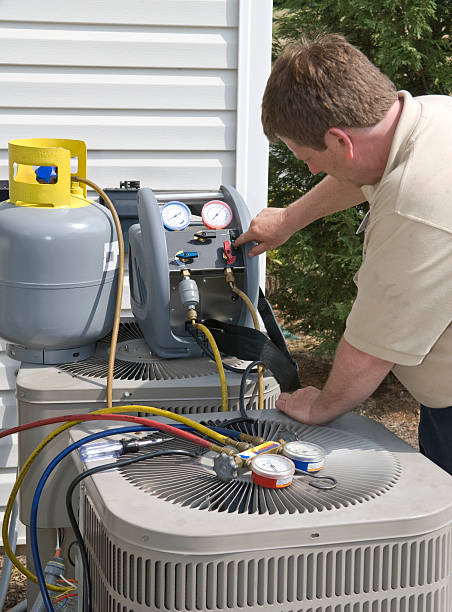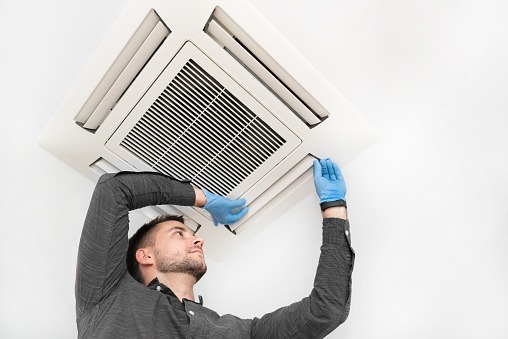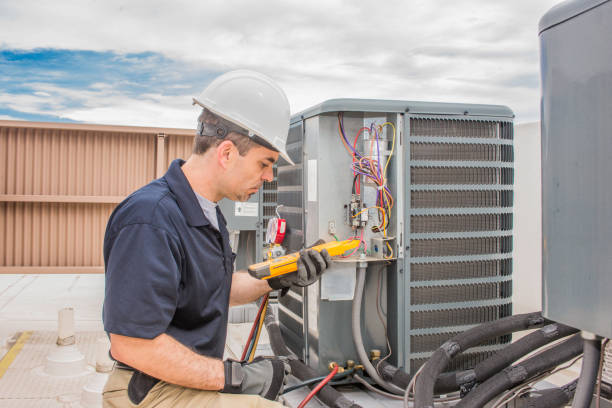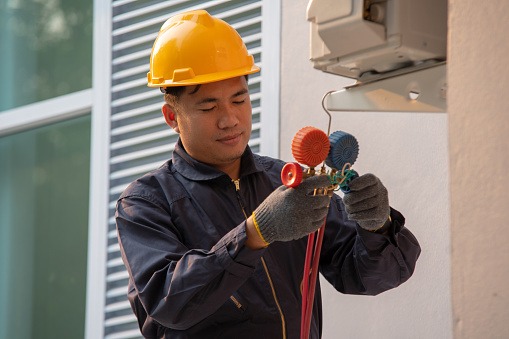The Importance of Air Balancing in Air Conditioning Systems
Introduction:
Air conditioning plays a crucial role in creating a comfortable indoor environment, but achieving optimal comfort goes beyond just installing a state-of-the-art HVAC system. One key factor that often gets overlooked is air balancing. In this article, we will explore the significance of air balancing in air conditioning systems and how it contributes to a more efficient and comfortable living or working space.
Understanding Air Balancing: Air balancing refers to the process of adjusting and regulating the distribution of conditioned air within a building. It involves ensuring that the right amount of air is delivered to each room or space to maintain consistent temperatures and optimal air quality. Proper air balancing is essential for addressing uneven temperatures, reducing energy consumption, and extending the life of HVAC equipment.
The Impact of Poor Air Balancing: When air conditioning systems are not properly balanced, certain areas of a building may experience temperature variations, leading to discomfort for occupants. Cold spots and hot spots are common issues associated with poor air balancing. In addition to discomfort, inadequate air balancing can result in higher energy bills as the system works harder to compensate for the uneven distribution of air.
Benefits of Air Balancing:
- Even Temperature Distribution: Properly balanced air conditioning systems ensure that conditioned air is evenly distributed throughout the building, eliminating hot and cold spots.
- Energy Efficiency: By optimizing the airflow in each space, air balancing helps reduce the workload on the HVAC system. This, in turn, leads to increased energy efficiency and lower operating costs.
- Improved Indoor Air Quality: Effective air balancing promotes better air circulation, which can enhance indoor air quality by preventing the buildup of pollutants and allergens in stagnant areas.
- Extended Equipment Life: Consistent airflow and reduced strain on HVAC components contribute to a longer lifespan for the system. Routine air balancing can help prevent premature wear and tear on equipment.
- Occupant Comfort: The ultimate goal of air conditioning is to create a comfortable environment for occupants. Proper air balancing ensures that everyone in the building enjoys a consistent and pleasant indoor climate.
Air Balancing Techniques:
- Adjusting Dampers: HVAC professionals use dampers to control the flow of air through ducts. By adjusting these dampers, they can balance airflow and regulate temperatures.
- Zoning Systems: Implementing zoning systems allows for more precise control over individual areas or rooms, optimizing comfort and energy efficiency.
- Regular Maintenance: Routine maintenance, including cleaning filters and inspecting ductwork, is crucial for ensuring that the air conditioning system operates at peak efficiency.
- Advanced Controls and Sensors: Utilizing advanced HVAC controls and sensors can enhance the precision of air balancing. Smart thermostats and sensors can detect temperature variations and adjust airflow in real-time, ensuring continuous comfort and energy efficiency.
- Airflow Measurements: Conducting airflow measurements at various points in the ductwork is essential for identifying imbalances. This data helps HVAC professionals determine where adjustments are needed to achieve optimal air distribution.
- Pressure Testing: Pressure testing the ductwork is a crucial step in the air balancing process. This test helps identify leaks, blockages, or restrictions in the duct system that may impede proper airflow. Addressing these issues improves overall system performance.
- Consultation with HVAC Professionals: Engaging the expertise of HVAC professionals is paramount for successful air balancing. These professionals can perform a thorough assessment of the HVAC system, identify specific issues, and implement the necessary adjustments to achieve optimal performance.
- Regular System Checks: Air balancing is not a one-time task; it requires ongoing monitoring and adjustments. Regular system checks, especially before the onset of each heating or cooling season, ensure that the HVAC system continues to operate at peak efficiency.
- Educating Building Occupants: Informing building occupants about the importance of proper air balancing and encouraging them to report any discomfort promptly can contribute to a more responsive and proactive approach to maintaining indoor comfort.
- Integration of Sustainable Practices: Consider integrating sustainable practices into air balancing efforts. This may involve exploring energy-efficient HVAC technologies, incorporating renewable energy sources, and adopting environmentally friendly practices to reduce the overall carbon footprint of the system.
Conclusion:
In the realm of air conditioning, achieving optimal comfort involves more than just setting the thermostat. Air balancing is a critical component that influences temperature consistency, energy efficiency, and overall system performance. Investing in professional air balancing services and adopting proper maintenance practices can make a significant difference in the comfort and efficiency of any indoor space. By prioritizing air balancing, individuals and businesses can enjoy the full benefits of their air conditioning systems while minimizing energy costs and environmental impact.


